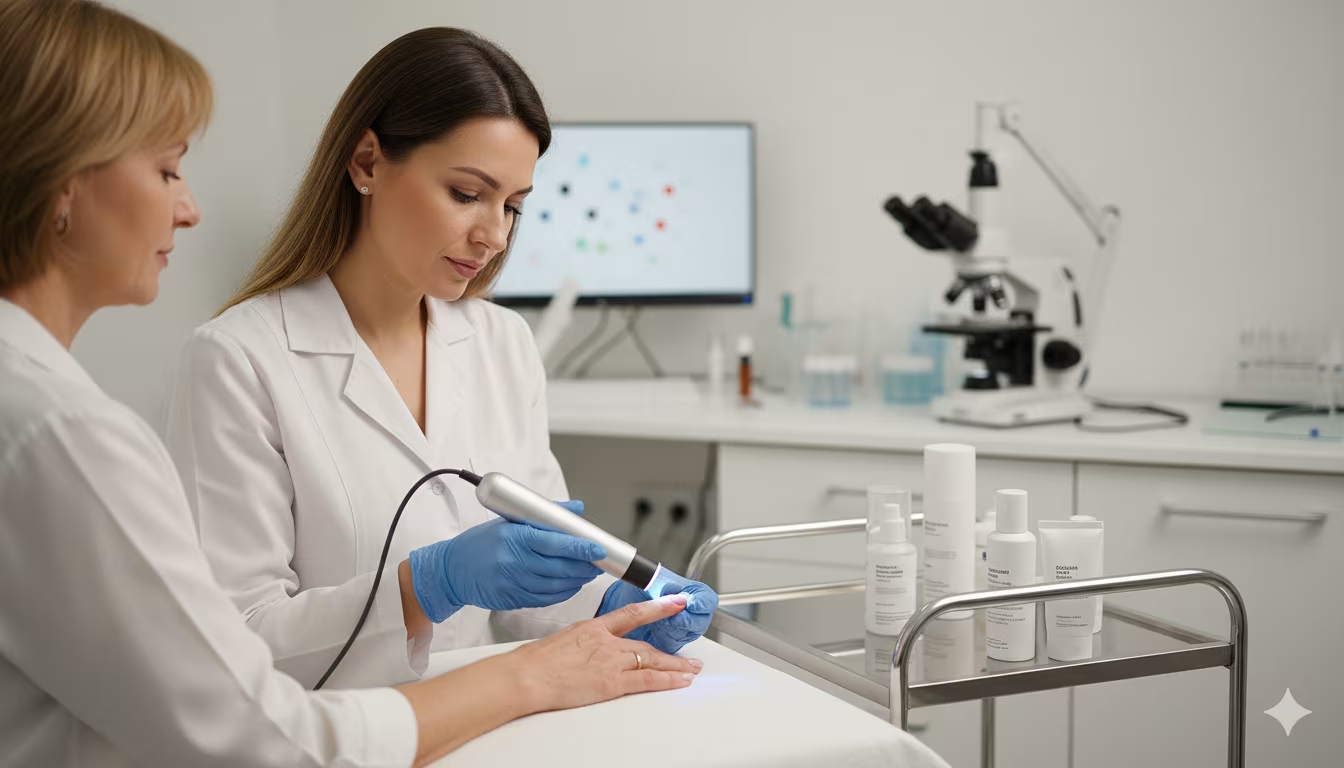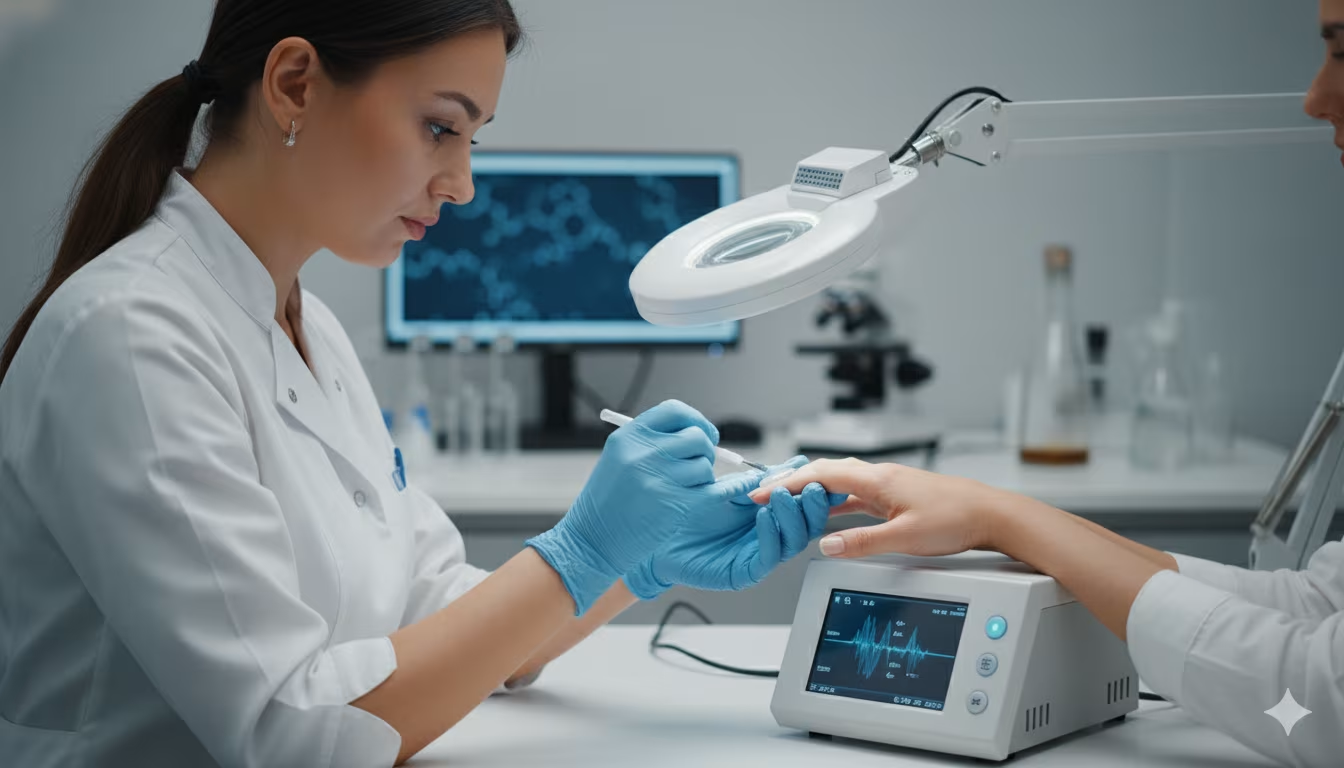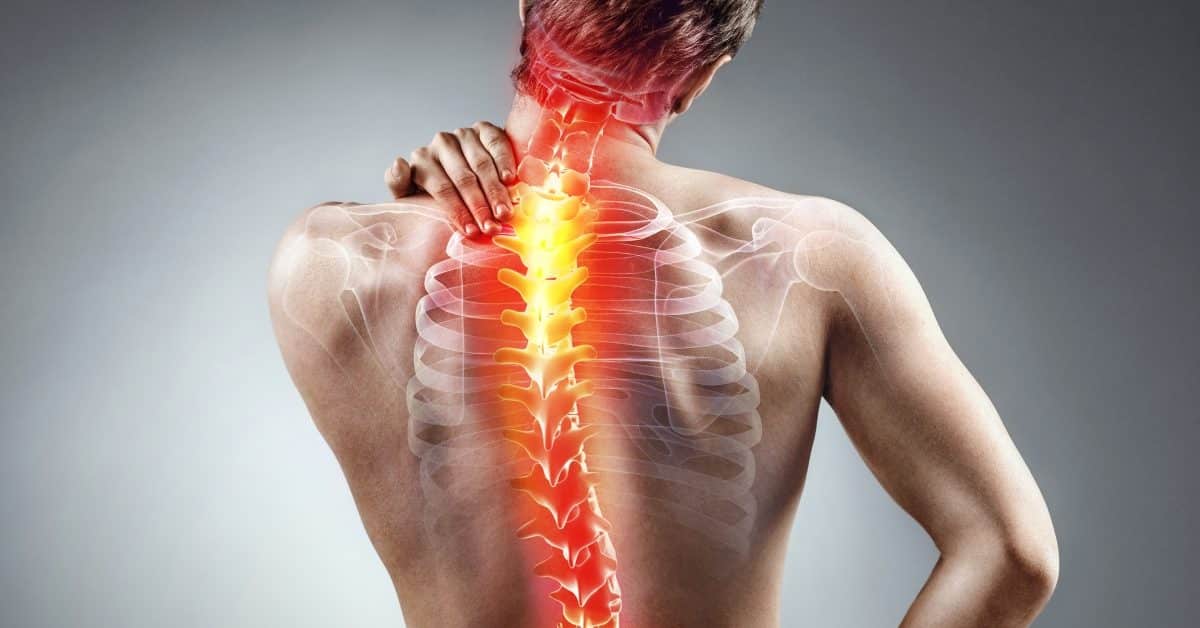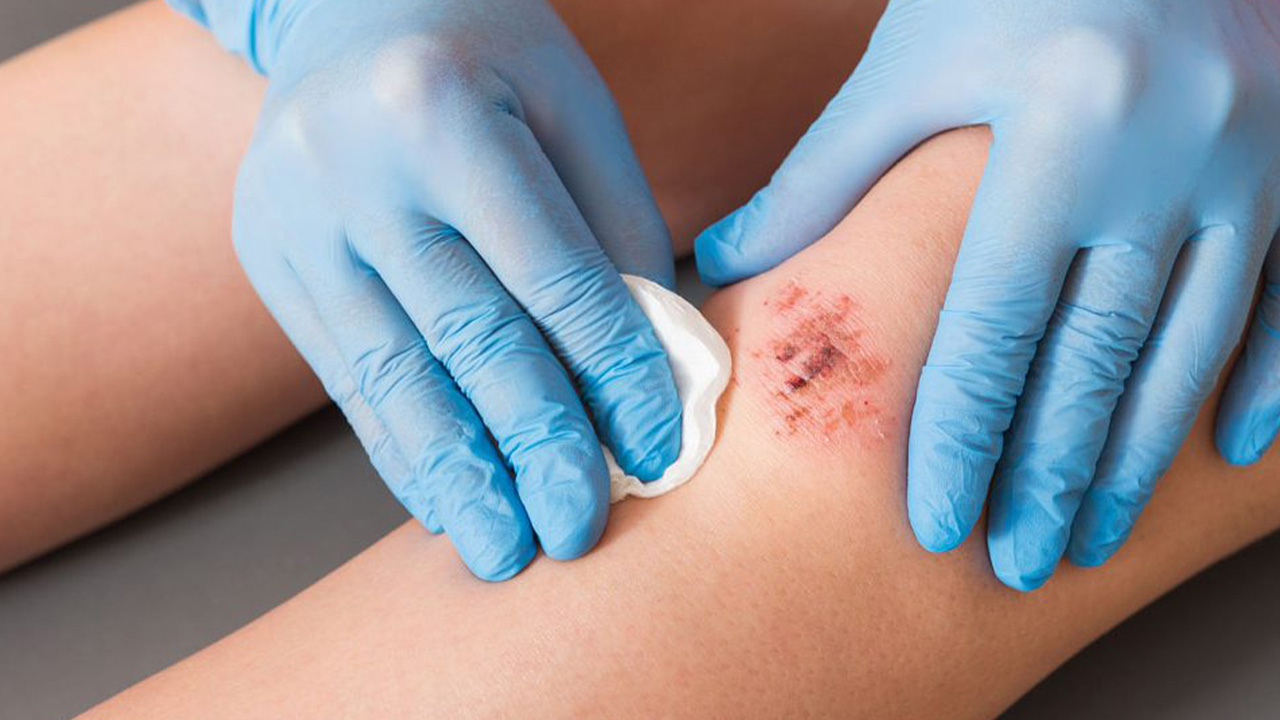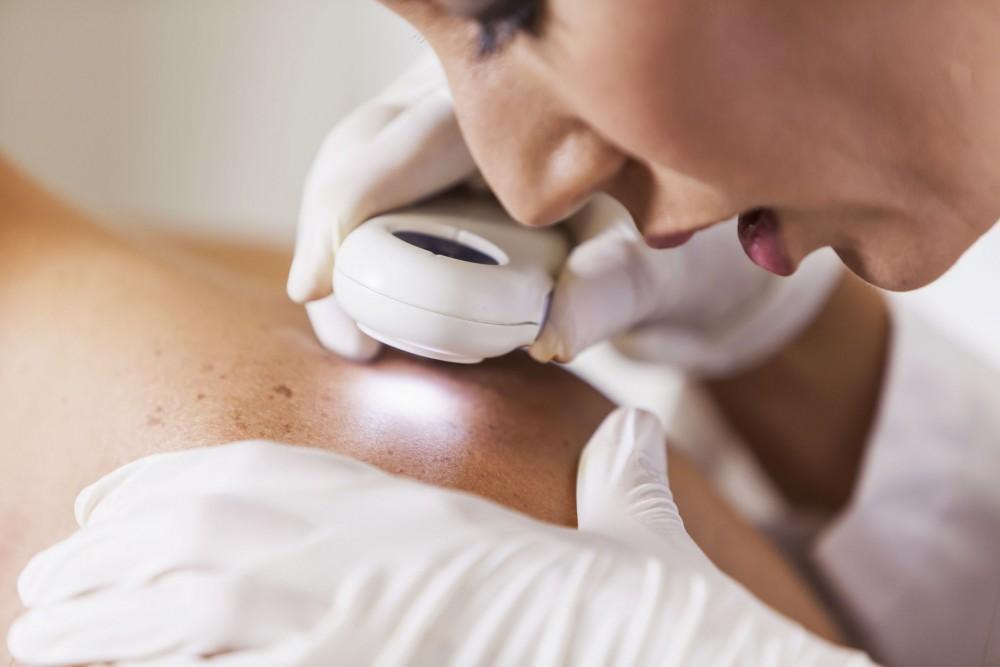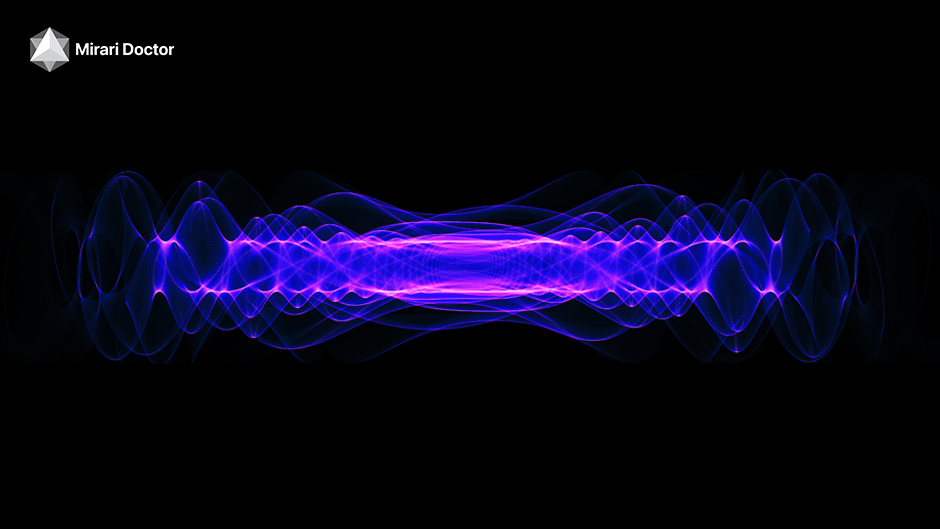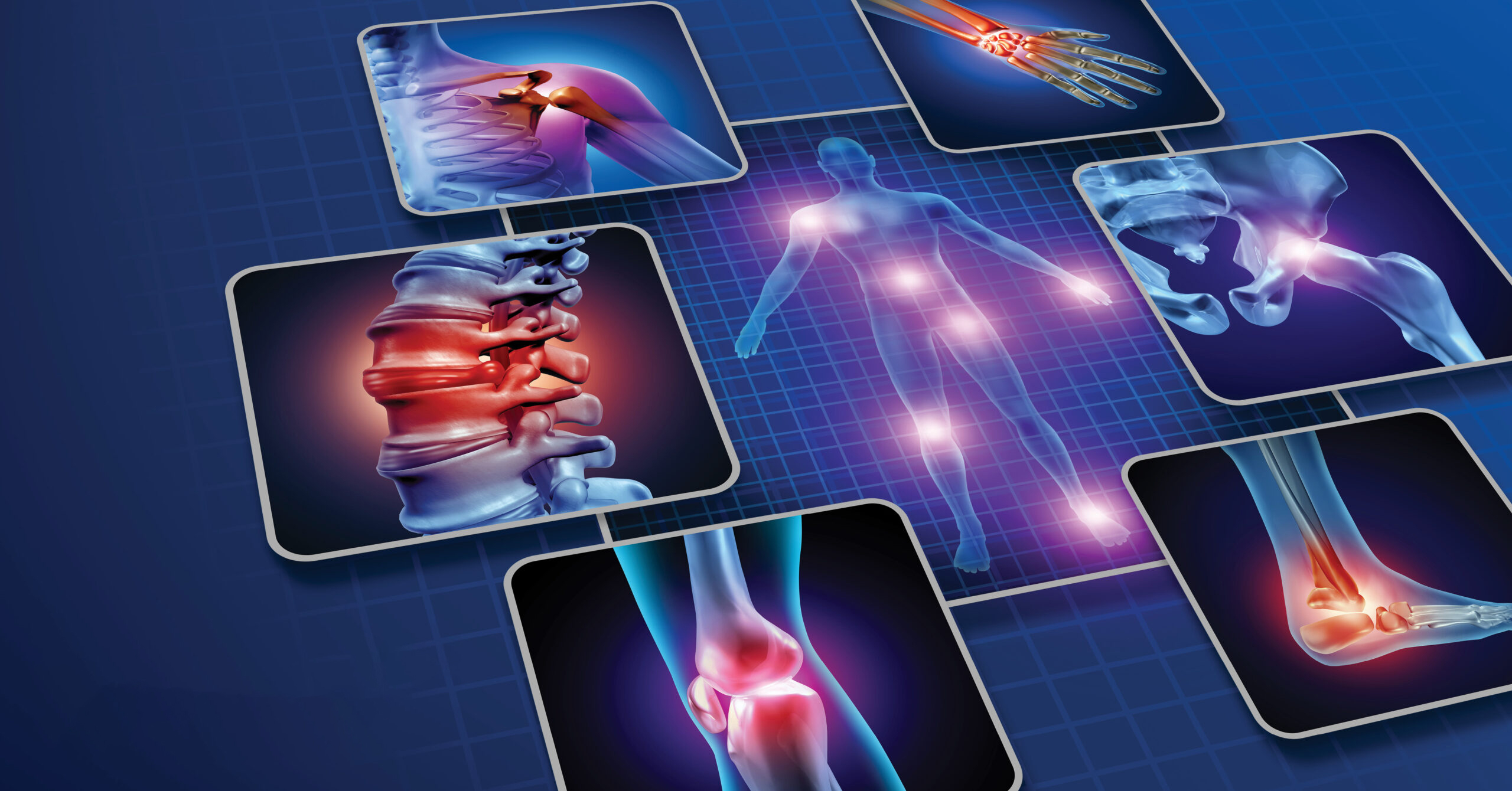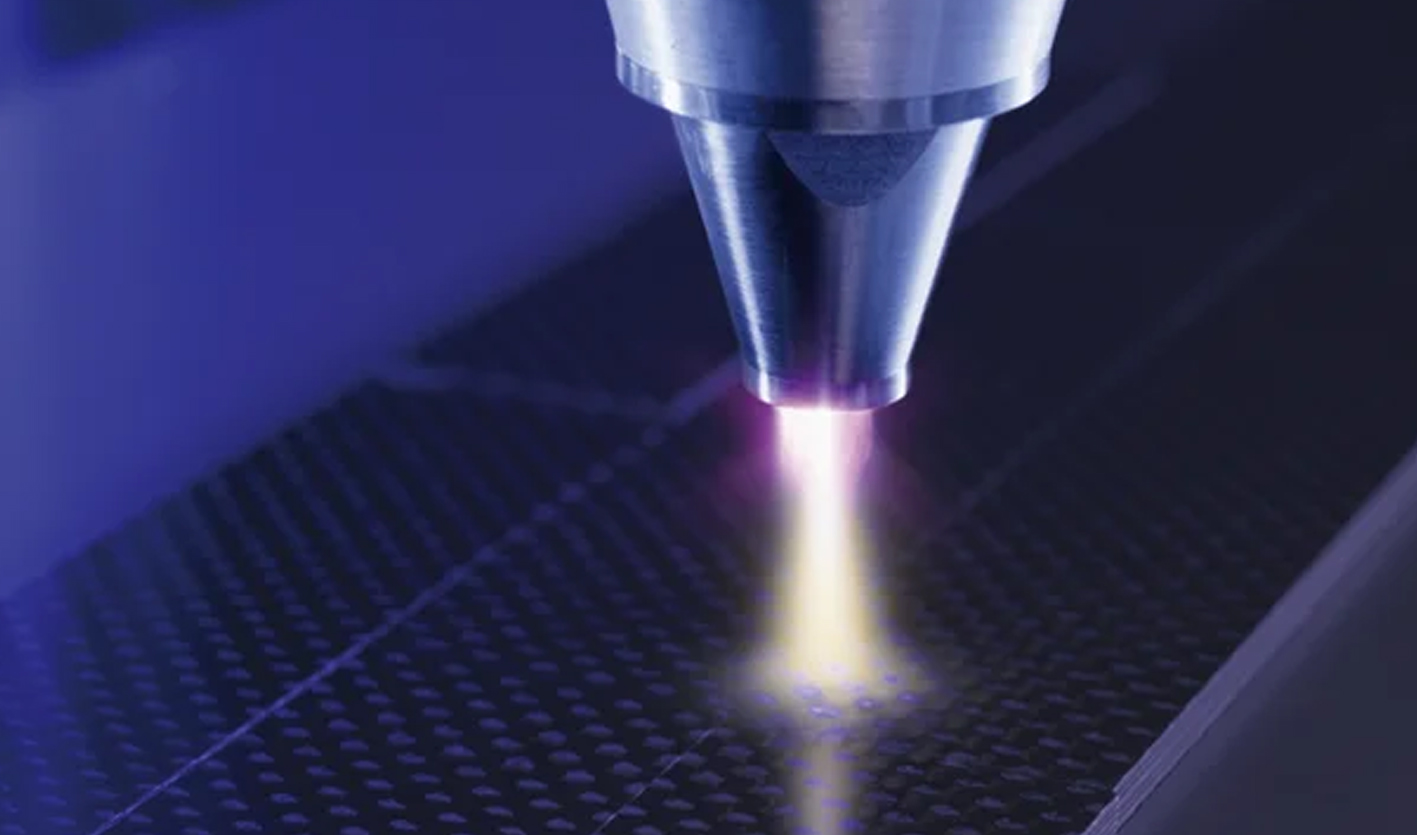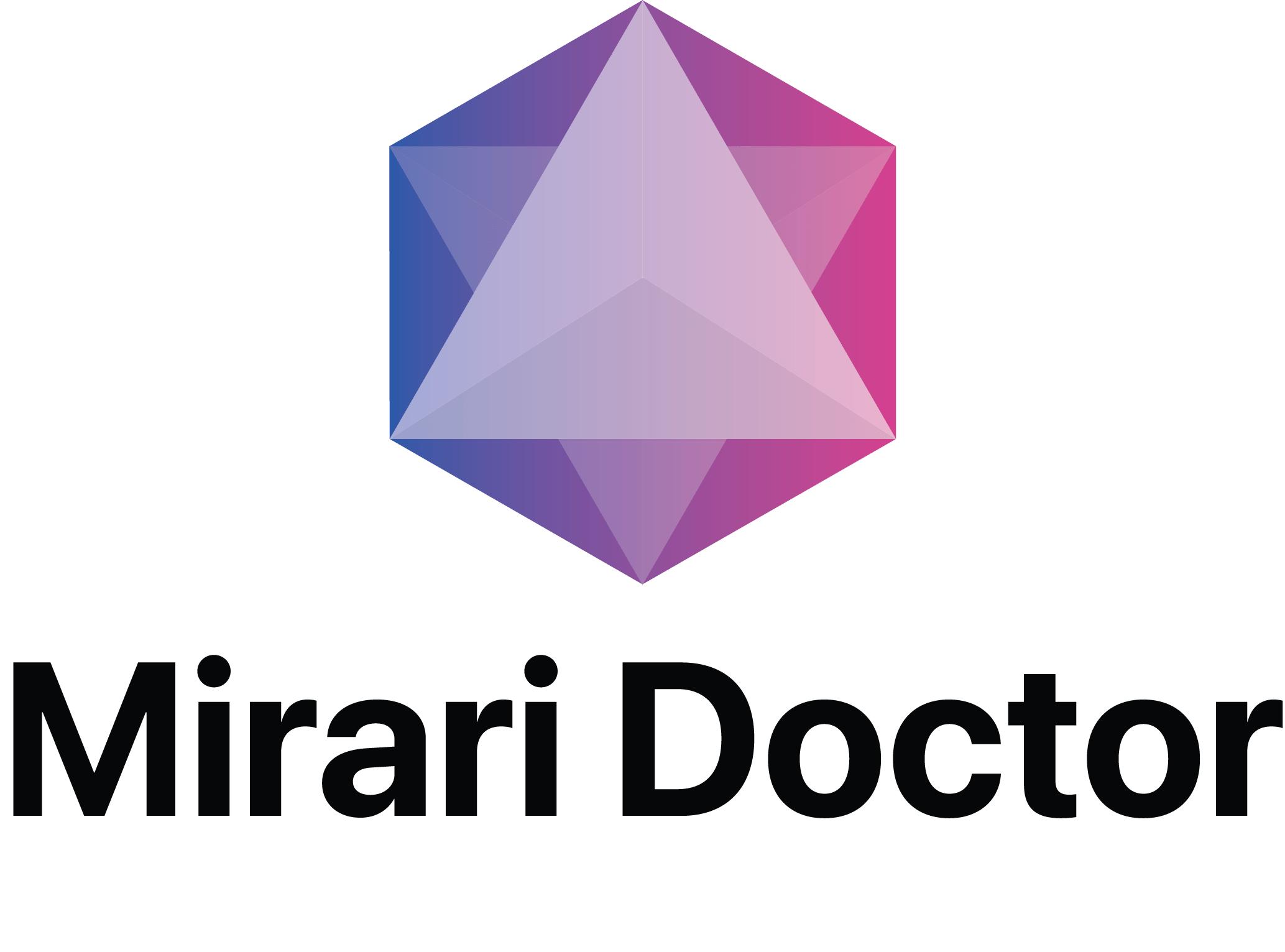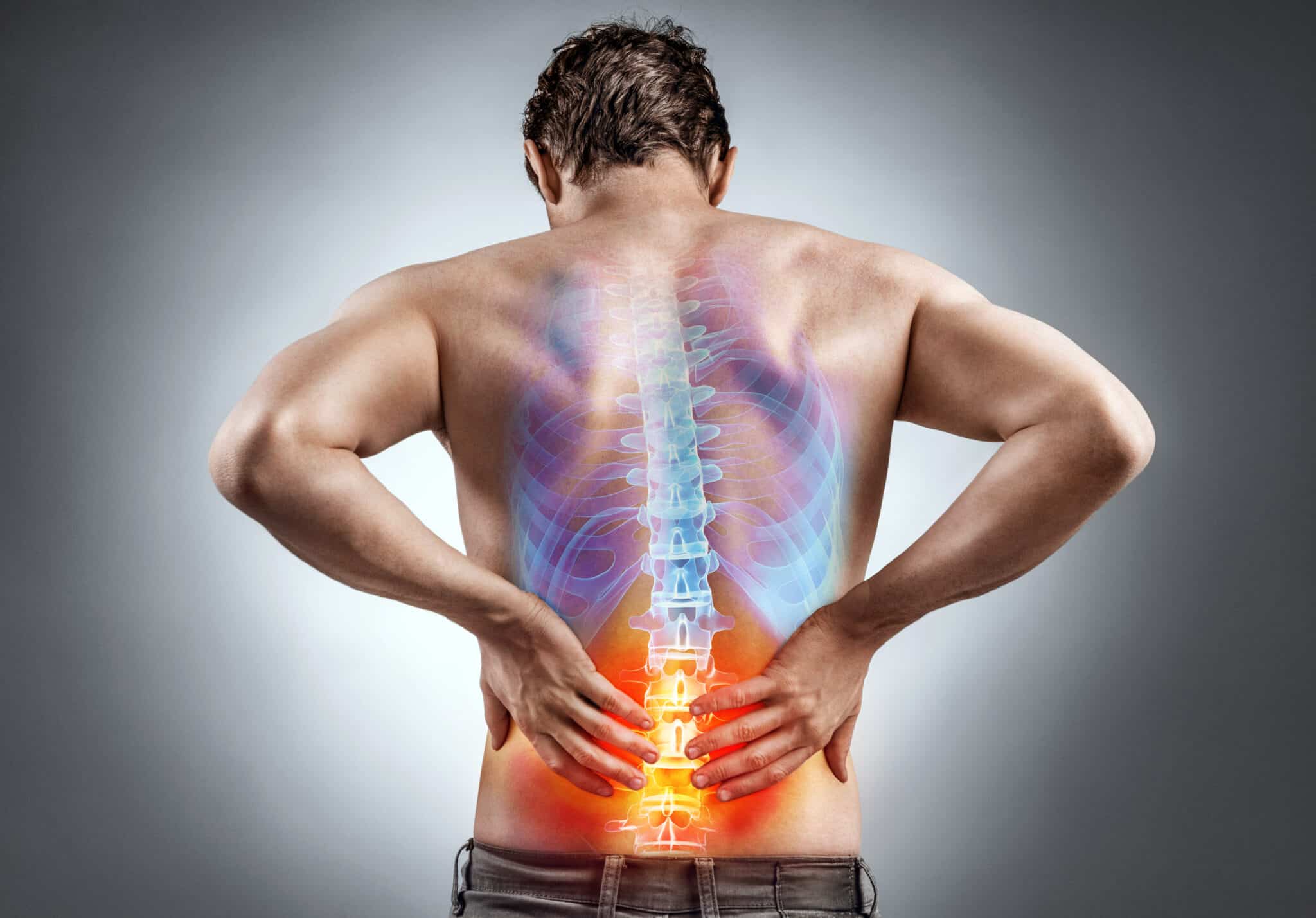
You May Be Interested In:
Bone spurs (spondylosis) represent one of the most common degenerative spine conditions affecting millions worldwide. These bony growths develop as the body’s natural response to joint damage and aging, often causing significant pain and mobility limitations. Understanding the comprehensive treatment options available, including innovative cold plasma therapy, empowers patients to make informed decisions about their care.
Modern medical advances have revolutionized how we approach bone spurs (spondylosis) treatment. From traditional conservative methods to cutting-edge technologies like the Mirari Cold Plasma system, patients now have access to diverse therapeutic options that address both symptoms and underlying causes of spinal degeneration.
Understanding Bone Spurs and Spondylosis: The Complete Picture
Bone spurs (spondylosis) occur when the spine undergoes natural wear-and-tear processes that trigger the formation of extra bone tissue. These bony projections, medically termed osteophytes, develop along the edges of vertebrae as the body attempts to stabilize areas of joint damage[1].
The condition primarily affects the cervical (neck) and lumbar (lower back) regions of the spine. More than 85% of people over age 60 show evidence of cervical spondylosis, though many remain asymptomatic[1].
Primary Causes of Bone Spur Formation
Bone spurs (spondylosis) develop through several interconnected mechanisms that reflect the spine’s attempt to maintain stability:
- Disc degeneration: As spinal discs lose water content and height, increased pressure on vertebrae triggers bone spur formation
- Cartilage erosion: Loss of protective cartilage leads to bone-on-bone contact and friction
- Ligament thickening: Stiffened ligaments create additional stress points where bone spurs commonly develop
- Joint instability: The body produces extra bone tissue to stabilize unstable spinal segments
Risk Factors and Contributing Elements
Several factors increase the likelihood of developing bone spurs (spondylosis):
- Age-related changes: Natural aging processes affect all spinal structures
- Genetic predisposition: Family history significantly influences spondylosis development
- Occupational factors: Jobs requiring repetitive neck movements or heavy lifting
- Previous injuries: Trauma can accelerate degenerative changes
- Lifestyle factors: Smoking, obesity, and sedentary behavior contribute to spinal degeneration[2]
Recognizing Symptoms and Clinical Presentations
Bone spurs (spondylosis) symptoms vary significantly based on location, size, and whether nerve compression occurs. Many patients experience no symptoms initially, with problems developing gradually over time.
Common symptom patterns include:
- Neck stiffness and pain: Often worse in the morning or after periods of inactivity
- Radiating pain: Sharp, burning sensations extending into arms or legs
- Neurological symptoms: Numbness, tingling, or weakness in extremities
- Headaches: Particularly common with cervical spondylosis
- Reduced mobility: Difficulty turning the head or bending the spine
When Bone Spurs Become Problematic
While bone spurs (spondylosis) themselves don’t always cause pain, complications arise when they:
- Compress nerve roots exiting the spinal canal
- Narrow the spinal canal (spinal stenosis)
- Interfere with normal joint movement
- Create inflammation in surrounding tissues[3]
Traditional Treatment Approaches for Bone Spurs
Conventional bone spurs (spondylosis) treatment focuses on symptom management and functional improvement through various therapeutic interventions. Healthcare providers typically recommend a stepwise approach, beginning with conservative measures.
Conservative Management Strategies
Non-surgical treatments form the foundation of bone spurs (spondylosis) care:
- Medication therapy: NSAIDs, muscle relaxants, and analgesics for pain control
- Physical therapy: Strengthening exercises and mobility training
- Activity modification: Ergonomic adjustments and lifestyle changes
- Heat and cold therapy: Alternating applications for pain relief
- Cervical collars or braces: Temporary support during acute episodes
Limitations of Traditional Approaches
While conservative treatments help many patients, bone spurs (spondylosis) often requires more comprehensive intervention. Traditional methods may not adequately address:
- Chronic inflammation around bone spurs
- Nerve sensitization and pain amplification
- Progressive degenerative changes
- Functional limitations that persist despite treatment[4]
Advanced Interventional Procedures
When conservative measures prove insufficient, bone spurs (spondylosis) treatment may include:
- Epidural steroid injections: Direct anti-inflammatory medication delivery
- Nerve blocks: Targeted pain relief for specific nerve pathways
- Radiofrequency ablation: Heat-based nerve treatment for chronic pain
- Facet joint injections: Localized treatment for joint-related pain
Surgical Considerations for Severe Cases
Surgery becomes necessary when bone spurs (spondylosis) causes significant nerve compression or functional disability. Common procedures include:
- Laminectomy: Removal of bone spurs and thickened ligaments
- Discectomy: Disc removal with or without fusion
- Foraminotomy: Enlarging nerve exit pathways
- Spinal fusion: Stabilizing unstable spinal segments[5]
Revolutionary Cold Plasma Therapy for Bone Spurs
Cold atmospheric plasma represents a breakthrough approach to bone spurs (spondylosis) treatment, offering patients a non-invasive alternative that addresses both pain relief and tissue healing. This innovative technology generates controlled reactive species at room temperature to provide therapeutic benefits without thermal damage risks.
Scientific Mechanisms Behind Cold Plasma Treatment
Cold plasma therapy works through multiple pathways that directly benefit bone spurs (spondylosis) patients. The technology influences cellular processes, reduces inflammation, and promotes tissue regeneration through controlled delivery of reactive oxygen and nitrogen species[6].
Primary therapeutic mechanisms include:
- Anti-inflammatory effects: Reduction of pro-inflammatory cytokines around bone spurs
- Pain pathway modulation: Direct influence on nerve conduction and pain processing
- Tissue regeneration: Enhanced cellular repair and healing processes
- Circulation improvement: Increased blood flow to affected spinal regions
Nitric Oxide-Based Plasma Technology
The Mirari Cold Plasma system, developed by General Vibronics and available through Mirari Doctor, utilizes a unique nitric oxide-based approach rather than traditional reactive oxygen species systems. This proprietary technology optimizes therapeutic benefits while minimizing potential tissue irritation[7].
Clinical Applications for Spondylosis Treatment
Bone spurs (spondylosis) responds particularly well to cold plasma therapy due to the technology’s ability to target both superficial and deeper tissue structures. Clinical evidence demonstrates significant pain reduction and improved function in patients with various spinal degenerative conditions.
| Technical Parameter | Specification | Clinical Benefit |
|---|---|---|
| Operating Temperature | Room temperature (20-25°C) | Eliminates thermal injury risk |
| Treatment Duration | 10-30 seconds per cm² | Prevents tissue overexposure |
| Energy Output | 2-4W adjustable | Customizable for patient tolerance |
| Frequency Range | 80 kHz monopolar RF | Optimized for deep tissue penetration |
| Plasma Generation | Nitric oxide-based system | Enhanced therapeutic specificity |
| Safety Features | Automatic monitoring | Real-time patient protection |
Evidence-Based Outcomes for Bone Spur Treatment
Research demonstrates that cold plasma therapy provides measurable benefits for bone spurs (spondylosis) patients. Studies show significant improvements in pain scores, functional capacity, and quality of life measures following treatment courses[8].
Clinical benefits observed include:
- Pain reduction: 40-70% improvement in chronic spinal pain
- Increased mobility: Enhanced range of motion and functional capacity
- Reduced inflammation: Decreased swelling and tissue irritation
- Improved sleep: Better rest quality due to pain relief
- Medication reduction: Decreased reliance on pain medications
Safety Profile and Clinical Evidence
Cold plasma therapy demonstrates an excellent safety profile for bone spurs (spondylosis) treatment, with extensive research supporting its use across diverse patient populations. The technology’s non-thermal operation eliminates burn risks while providing effective therapeutic benefits.
Comprehensive Safety Data
Clinical studies involving cold plasma treatments consistently show minimal adverse effects and high patient tolerance. The majority of patients experience no discomfort during treatment, with only mild sensations reported in less than 5% of cases[9].
Key safety findings include:
- No thermal damage: Room temperature operation prevents tissue injury
- Minimal side effects: Temporary mild sensations in small percentage of patients
- No drug interactions: Compatible with existing medications
- Broad applicability: Safe for various age groups and medical conditions
Contraindications and Special Considerations
While cold plasma therapy is generally safe for bone spurs (spondylosis) treatment, certain patient populations require careful evaluation:
- Pregnancy: Treatment typically avoided during pregnancy
- Active infections: Local infections should be resolved before treatment
- Implanted devices: Pacemakers and other electronic devices require assessment
- Bleeding disorders: Patients on anticoagulants need medical clearance
Comparative Safety Analysis
| Treatment Modality | Common Side Effects | Recovery Time | Long-term Risks |
|---|---|---|---|
| Cold Plasma Therapy | Minimal local sensation | Immediate | None reported |
| Steroid Injections | Infection risk, tissue changes | 1-3 days | Joint deterioration |
| NSAIDs | GI irritation, kidney stress | Ongoing | Organ damage potential |
| Surgery | Bleeding, infection, nerve damage | 6-12 weeks | Permanent complications |
| Radiofrequency Ablation | Temporary numbness | 1-2 weeks | Nerve damage risk |
Treatment Protocols and Patient Selection
Effective bone spurs (spondylosis) management with cold plasma therapy requires careful patient assessment and individualized treatment planning. Healthcare providers evaluate multiple factors to determine optimal candidates and develop personalized protocols.
Ideal Candidates for Cold Plasma Treatment
Cold plasma therapy is particularly beneficial for bone spurs (spondylosis) patients who:
- Experience chronic pain despite conservative treatment
- Seek alternatives to pharmaceutical interventions
- Have contraindications to invasive procedures
- Desire rapid return to normal activities
- Show signs of localized inflammation around bone spurs
Pre-Treatment Assessment Protocol
Comprehensive evaluation ensures appropriate patient selection for bone spurs (spondylosis) treatment:
- Detailed pain history: Onset, duration, and symptom patterns
- Physical examination: Range of motion, neurological testing
- Imaging review: X-rays, MRI, or CT scans to assess bone spur location
- Functional assessment: Impact on daily activities and work capacity
- Treatment history: Previous interventions and their effectiveness
Integration with Multimodal Care
Cold plasma therapy for bone spurs (spondylosis) works synergistically with other treatments:
- Physical therapy: Enhanced outcomes when combined with exercise programs
- Manual therapy: Improved joint mobility following plasma treatment
- Ergonomic modifications: Workplace adjustments to prevent symptom recurrence
- Lifestyle counseling: Weight management and activity modification
Treatment Scheduling and Frequency
Optimal bone spurs (spondylosis) treatment protocols typically involve:
- Initial phase: Daily treatments for 5-7 days
- Maintenance phase: 2-3 treatments per week for 2-3 weeks
- Follow-up care: Monthly treatments as needed for symptom control
- Monitoring: Regular assessment of pain levels and functional improvement
Advanced Cold Plasma Technology Features
The Mirari Cold Plasma system incorporates sophisticated engineering designed to optimize therapeutic outcomes for bone spurs (spondylosis) while ensuring consistent safety and reliability. Understanding these technical aspects helps healthcare providers and patients appreciate the advanced capabilities of this innovative technology.
Proprietary Nitric Oxide Generation
Unlike traditional cold plasma systems that rely primarily on reactive oxygen species, the Mirari system utilizes a proprietary nitric oxide-based approach. This technology, available through Mirari Doctor at miraridoctor.com, provides enhanced therapeutic specificity for bone spurs (spondylosis) treatment[10].
Advanced features include:
- Precise energy delivery: Controlled plasma generation for consistent outcomes
- Real-time monitoring: Continuous assessment of treatment parameters
- Safety interlocks: Automatic shutoff mechanisms for patient protection
- User-friendly interface: Intuitive controls for healthcare providers
- Portable design: Flexible deployment across clinical settings
Clinical Integration and Workflow
The Mirari system’s design facilitates seamless integration into existing bone spurs (spondylosis) treatment protocols. Healthcare providers report improved patient satisfaction and reduced treatment times compared to conventional therapies.
Research and Development Advances
Ongoing research continues to expand our understanding of cold plasma therapy for bone spurs (spondylosis). Recent studies demonstrate the technology’s potential to influence bone healing and regeneration processes at the cellular level[11].
Emerging applications include:
- Bone formation enhancement: Promoting healthy bone remodeling
- Inflammation resolution: Accelerating tissue healing processes
- Pain pathway modulation: Long-term changes in pain processing
- Functional restoration: Improved mobility and quality of life
Frequently Asked Questions About Cold Plasma for Bone Spurs
How does cold plasma therapy specifically target bone spurs compared to other treatments?
Cold plasma therapy offers unique advantages for bone spurs (spondylosis) treatment by directly addressing inflammation and pain at the cellular level. Unlike medications that provide systemic effects, cold plasma delivers targeted therapy to specific areas where bone spurs cause problems. The technology generates controlled reactive species that reduce inflammation around bone spurs while promoting tissue healing. This localized approach means patients can experience relief without the side effects associated with oral medications or the risks of invasive procedures. Clinical observations show that cold plasma therapy can reduce pain and improve function more rapidly than traditional conservative treatments, often providing noticeable improvement within the first few treatment sessions.
Is cold plasma therapy safe for patients with multiple bone spurs throughout the spine?
Cold plasma therapy demonstrates excellent safety for patients with multiple bone spurs (spondylosis) locations throughout the spine. The technology’s non-thermal operation eliminates risks of tissue damage, making it suitable for treating multiple areas during single sessions. Healthcare providers can safely address cervical, thoracic, and lumbar bone spurs using appropriate treatment protocols. The localized nature of cold plasma therapy means that treating one area doesn’t affect other body systems, unlike systemic medications. Patients with widespread spondylosis often benefit from comprehensive treatment plans that address multiple symptomatic areas. The Mirari system’s safety features and real-time monitoring capabilities ensure consistent protection regardless of treatment location or duration.
How quickly can patients expect pain relief from bone spurs with cold plasma treatment?
Bone spurs (spondylosis) pain relief with cold plasma therapy varies based on individual factors, but many patients experience improvements within 24-48 hours of initial treatment. Acute inflammatory symptoms often respond most rapidly, with patients reporting decreased pain and stiffness after their first session. For chronic bone spur conditions, significant improvement typically occurs within the first week of treatment. The cumulative effects of cold plasma therapy continue building with successive treatments, leading to progressively better outcomes. Patients with nerve compression symptoms may require longer treatment courses for optimal results, but most experience some degree of improvement within 2-3 treatments. The non-invasive nature of cold plasma allows for frequent treatments without recovery time, enabling faster overall improvement compared to invasive procedures.
Can cold plasma therapy help avoid surgery for bone spurs?
Cold plasma therapy has shown significant potential for helping bone spurs (spondylosis) patients avoid surgical intervention. Many patients who previously considered surgery report substantial improvement following cold plasma treatment courses. The technology’s ability to reduce inflammation, alleviate pain, and promote tissue healing addresses the primary symptoms that drive surgical recommendations. Clinical experience suggests that patients with mild to moderate bone spur symptoms respond particularly well to cold plasma therapy, often achieving functional improvement that eliminates the need for surgery. However, patients with severe nerve compression or significant structural instability may still require surgical intervention. Healthcare providers typically recommend trying cold plasma therapy before considering surgery, as it offers a low-risk opportunity to achieve meaningful improvement without surgical complications or recovery time.
What makes the Mirari Cold Plasma system different from other bone spur treatments?
The Mirari Cold Plasma system, developed by General Vibronics, distinguishes itself through its proprietary nitric oxide-based plasma generation technology specifically designed for bone spurs (spondylosis) treatment. Unlike traditional treatments that focus solely on symptom management, the Mirari system addresses both pain relief and tissue healing mechanisms. The device’s FDA clearance and comprehensive safety features make it particularly suitable for clinical use in treating spinal conditions. The system’s unique approach generates therapeutic plasma at room temperature, eliminating thermal injury risks while providing deep tissue penetration. Healthcare providers using the Mirari system report improved patient outcomes and reduced treatment times compared to conventional therapies. The device’s portable design and user-friendly interface allow for flexible deployment across various clinical settings, making advanced cold plasma therapy accessible to more patients requiring bone spurs (spondylosis) relief.
Medical Disclaimer: This information is for educational purposes only and should not replace professional medical advice. Always consult with qualified healthcare providers before beginning any new treatment for bone spurs or spondylosis. Individual results may vary, and treatment outcomes depend on various factors including condition severity and patient characteristics.
References
- Mayo Clinic. (2023). Cervical spondylosis – Symptoms \& causes. https://www.mayoclinic.org/diseases-conditions/cervical-spondylosis/symptoms-causes/syc-20370787
- Cleveland Clinic. (2025). Bone Spur (Osteophyte): Causes, Symptoms \& Treatment. https://my.clevelandclinic.org/health/diseases/10395-bone-spurs-osteophytes
- AIH International Hospital. (2025). Cervical Spondylosis – Causes, Symptoms, Diagnosis and Treatment. https://aih.com.vn/tin-tuc/cervical-spondylosis-causes-symptoms-diagnosis-and-treatment
- Medical News Today. (2024). Spondylosis: Causes, risk factors, and symptoms. https://www.medicalnewstoday.com/articles/312598
- Hospital for Special Surgery. (2023). Lumbar and Cervical Spondylosis: Symptoms \& Treatments. https://www.hss.edu/health-library/conditions-and-treatments/spondylosis
- Aptiva Health. (2024). Spondylosis Treatment: Relief \& Care. https://www.aptivahealth.com/spondylosis
- Health Sciences Centre Northern Ireland. (2024). Plasma-Based Therapies for Bone Infection Research. https://research.hscni.net/sites/default/files/abstract Gilmore.pdf
- Mirari Doctor. (2025). Cold Plasma: Revolutionary Medical Technology. https://miraridoctor.com/cold-plasma/
- National Center for Biotechnology Information. (2018). Cold atmospheric plasma is a viable solution for treating orthopedic infections. https://pmc.ncbi.nlm.nih.gov/articles/PMC12105529/
- PT Products Online. (2019). Cold Plasma May Help Bones Heal Faster. https://ptproductsonline.com/industry-news/research-development/cold-plasma-may-help-bones-heal-faster/
- Thomas Jefferson University. (2019). Cold Plasma Treatment for Bone Healing Research. Journal of Tissue Engineering and Regenerative Medicine.
Related articles
Made in USA


